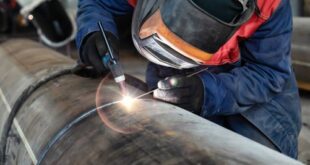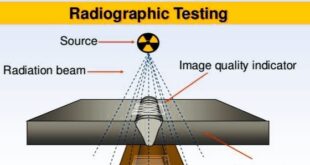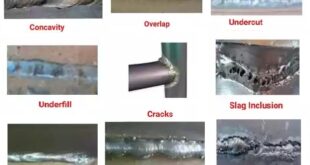What Is Heat Affected Zone (HAZ)? Introduction Definition of the Heat Affected Zone (HAZ) The Heat Affected Zone (HAZ) refers to the region of a material that undergoes significant changes in its microstructure and mechanical properties due to the heat generated during welding or heat treatment processes. When heat is …
Read More »What is x-ray welding?
What is x-ray welding? Introduction Definition of X-ray welding X-ray welding is a specialized welding technique that utilizes X-rays to weld two pieces of metal together. The process involves using an X-ray machine to generate high-energy radiation, which is then directed onto the weld area to produce a weld. This …
Read More »Magnetic Particle Inspection – NDT Inspection
Magnetic Particle Inspection – NDT Inspection Introduction Magnetic Particle Inspection (MPI) is a non-destructive testing (NDT) technique used to detect surface and subsurface defects in ferromagnetic materials. This method utilizes the magnetic properties of materials to identify defects that are not visible to the naked eye. MPI is commonly used …
Read More »Radiographic Testing – NDT Inspection
Radiographic Testing – NDT Inspection Introduction Radiographic testing (RT) is a non-destructive testing (NDT) technique that uses electromagnetic radiation, typically X-rays or gamma rays, to produce an image of the internal structure of an object. Radiographic testing is commonly used in a variety of industries, including welding technology, to ensure …
Read More »Welding Defects and their Types
Welding Defects and their Types Introduction Welding defects are unacceptable imperfections that occur during the welding process. Weld quality depends on the mechanical properties of the materials, it can be quantitative or qualitative. Mostly “fit-for-service” approach is used i.e., the fabricated weld can perform the intended service. But in some …
Read More » Welding of Welders All about Welding and Welders
Welding of Welders All about Welding and Welders




